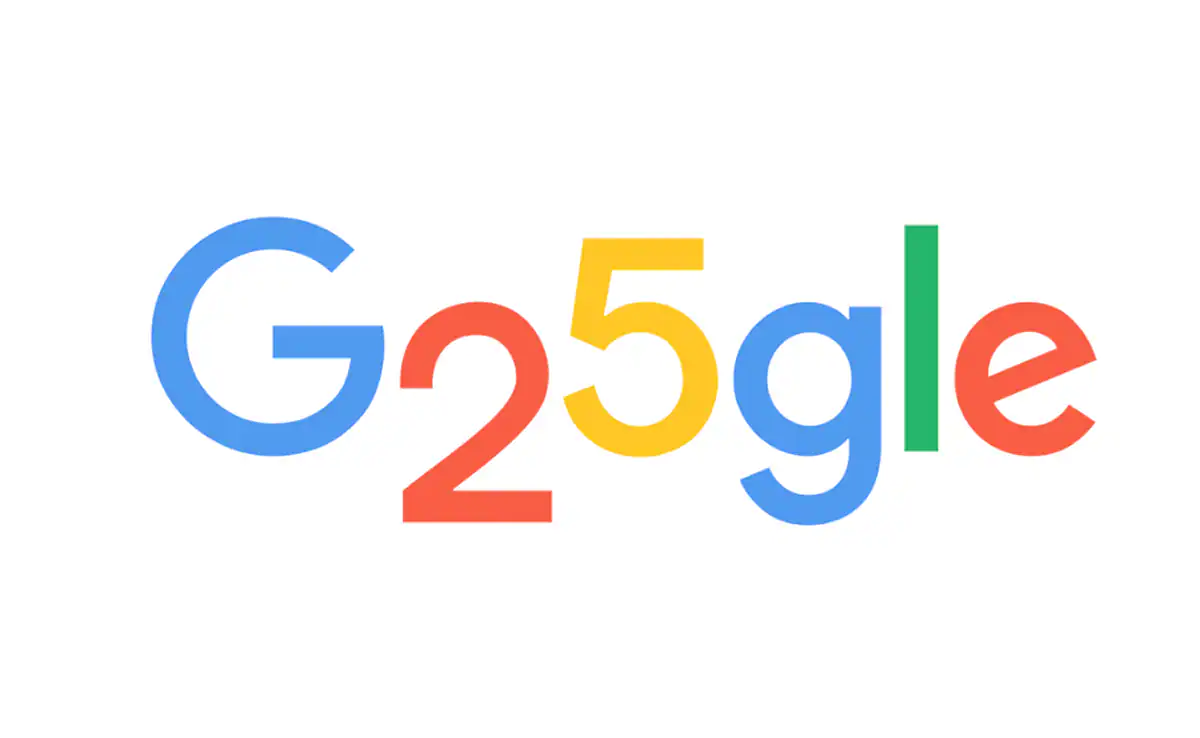Google CPM is a bidding strategy that allows advertisers to pay for their ads based on the number of impressions they receive on the Google Display Network. CPM stands for cost-per-thousand impressions, which means that advertisers pay a fixed amount for every thousand times their ads are shown to potential customers. Google CPM is also known as viewable CPM (vCPM), which means that advertisers only pay when their ads are actually seen by users, not just served on a webpage.
Benefits of Google CPM
Google CPM has several benefits for advertisers who want to increase their brand awareness, reach, and visibility. Some of the benefits are:
• Google CPM allows advertisers to choose their own bid amount, which gives them more control over their budget and campaign performance.
• Google CPM ensures that advertisers only pay for viewable impressions, which means that their ads are more likely to be noticed and remembered by users.
• Google CPM enables advertisers to target their ads based on various criteria, such as keywords, topics, audiences, placements, and demographics.
• Google CPM offers a variety of ad formats, such as text, image, video, and rich media, which can help advertisers create engaging and attractive ads for their potential customers.
Challenges of Google CPM
Google CPM also has some challenges that advertisers need to be aware of and overcome. Some of the challenges are:
• Google CPM may not be the best option for advertisers who want to generate direct conversions or sales from their ads, as it does not guarantee clicks or actions from users.
• Google CPM may require a higher bid amount than other bidding strategies, such as cost-per-click (CPC) or cost-per-acquisition (CPA), to compete with other advertisers and win ad auctions.
• Google CPM may not provide enough data or feedback on the effectiveness of the ads, such as click-through rate (CTR) or return on ad spend (ROAS), which can make it difficult to measure and optimize the campaign performance.
Best Practices for Google CPM
To use Google CPM effectively and efficiently, advertisers need to follow some best practices that can help them achieve their advertising goals. Some of the best practices are:
• Set clear and realistic objectives for the campaign, such as increasing brand awareness, reach, or visibility, and align them with the appropriate metrics, such as impressions, viewability, or frequency.
• Choose relevant and specific keywords, topics, audiences, placements, and demographics that match the target market and the ad message.
• Create compelling and creative ad formats that capture the attention and interest of the users, such as using high-quality images, videos, or rich media elements.
• Test different bid amounts and ad variations to find the optimal combination that delivers the best results and maximizes the return on investment (ROI).
Conclusion
Google CPM is a bidding strategy that allows advertisers to pay for their ads based on the number of impressions they receive on the Google Display Network. It has several benefits and challenges that advertisers need to consider and overcome. By following some best practices, advertisers can use Google CPM effectively and efficiently to achieve their advertising goals.
Pelisplus
YTS MX
Dontorrent
Technology Write for Us
oxtorrent
repelisplus
pelispedia
cuevana 8
soap2day
123movies
yify movies
yts mx
yify movies
yts
myflixer
f2movies
series9
yomovies
ibomma
123mkv
putlocker
movierulz
hindi dubbed movies
0123movies
igds
cuevana 3
yts mx
cuevana 4
cuevana 4
turkish123
watchmovies
yts movies
cuevana 8
yify
